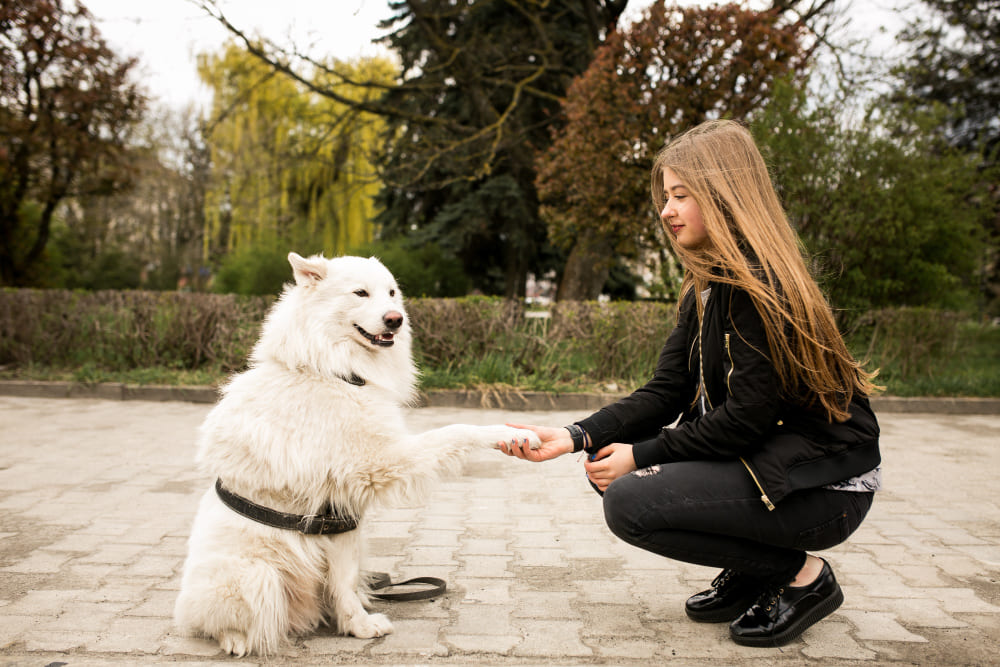Decoding Your Pet’s Body Language: What They're Really Trying to Tell You

As pet owners, we often wish our furry companions could speak to us in words. While they may not use human language, pets communicate constantly through a rich and complex system of body language. Whether it’s the flick of a tail, a tilt of the head, or a specific posture, your pet is always “talking”—you just have to know how to listen.
Understanding your pet’s body language is essential not just for building a deeper emotional connection, but also for ensuring their well-being. Subtle changes in posture or facial expression can indicate anything from excitement and affection to stress, fear, or pain. The ability to interpret these signals can prevent behavioral problems, avoid misunderstandings, and even save lives in emergency situations.
Why Body Language Is a Pet’s Primary Communication Tool
Unlike humans, pets don’t have verbal speech to express how they feel. Instead, they rely on instinctual body cues to communicate with both humans and other animals. This non-verbal communication includes facial expressions, tail movement, ear position, posture, vocalizations, and even subtle changes in breathing or eye movement.
For example, a dog wagging its tail doesn’t always mean it’s happy. A slow, stiff wag can indicate uncertainty or agitation, whereas a loose, wagging tail typically signals friendliness. Similarly, a cat’s purr may indicate contentment—or sometimes stress. The context and accompanying behaviors matter greatly.
Reading Common Pet Signals
Dogs
- Relaxed Posture: Loose body, wagging tail, soft eyes — a happy and calm dog.
- Stiff Body & Tail: Alert or nervous. Pay attention to the environment.
- Yawning/Licking Lips: Signs of stress or discomfort.
- Rolling Over: Can mean submission, relaxation, or asking for a belly rub — context is key!
Cats
- Purring: Often a sign of comfort, but can also be used to self-soothe during stress.
- Tail Flicking: Irritation or overstimulation.
- Slow Blink: A sign of trust — it’s like a kitty kiss!
- Flattened Ears: Fear or aggression warning.
Understanding Context Is Crucial
It’s important not to interpret body language signals in isolation. For instance, a wagging tail accompanied by bared teeth or growling is clearly not friendly. Instead, it may indicate that the dog is highly aroused or feeling threatened. Similarly, a cat rubbing against your leg while holding its ears back may want attention—but is also unsure or nervous.
Watch for patterns in your pet’s behavior. Understanding how they normally express themselves helps you spot changes that may signal illness, pain, or emotional distress.
How to Respond to Your Pet's Signals
Once you begin to understand your pet’s body language, you can respond more appropriately to their needs. If your dog shows signs of stress in a crowded park, it may be better to leave. If your cat’s tail starts to twitch while petting, it’s probably time to stop. Respecting these signals fosters a more trusting and cooperative relationship.
Reinforce positive behaviors with calm, rewarding interactions. When your pet feels understood, they’re more likely to be relaxed, social, and responsive.
Conclusion
Learning your pet’s body language isn’t just about decoding cues—it’s about forming a language of love and respect. The better you understand your pet’s silent signals, the better you can meet their physical and emotional needs. With practice and observation, you’ll be amazed at how much your pet is already “telling” you every single day.